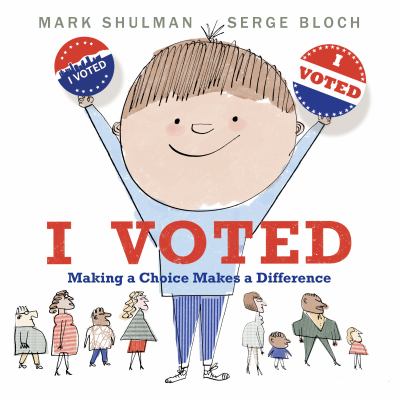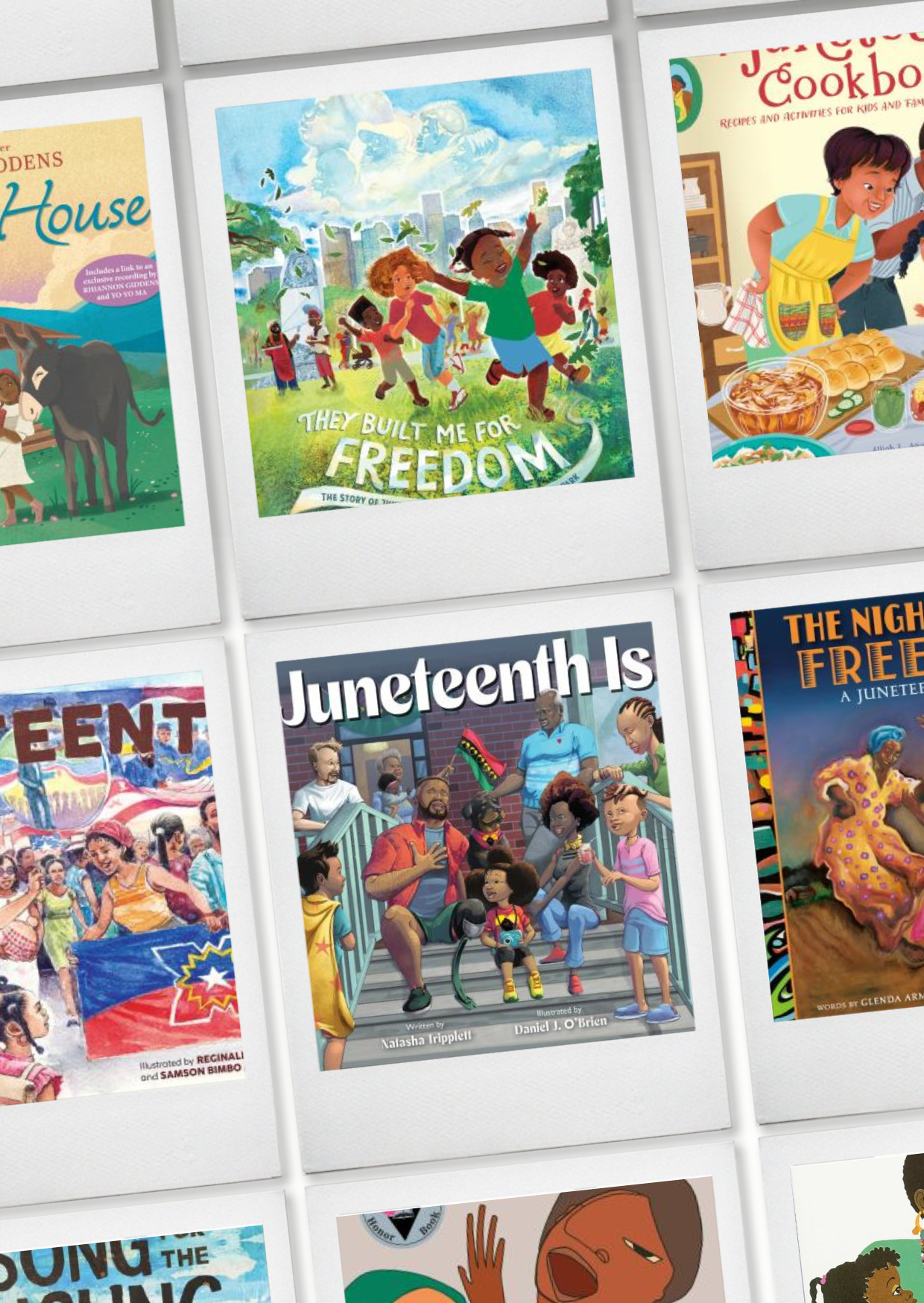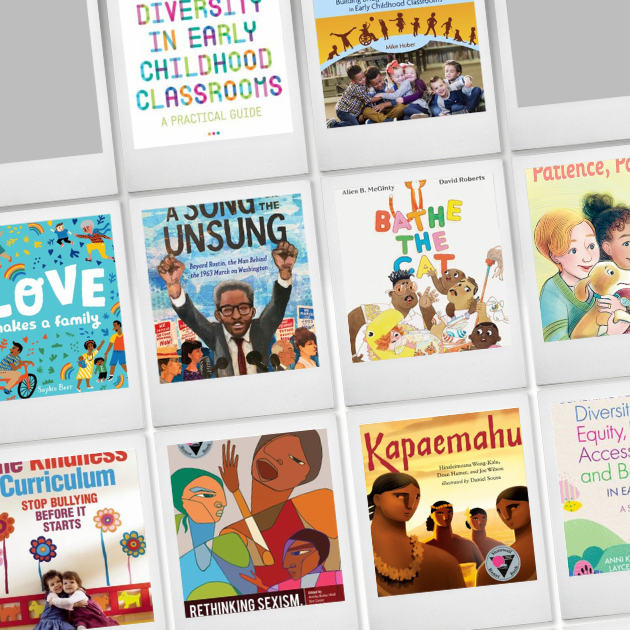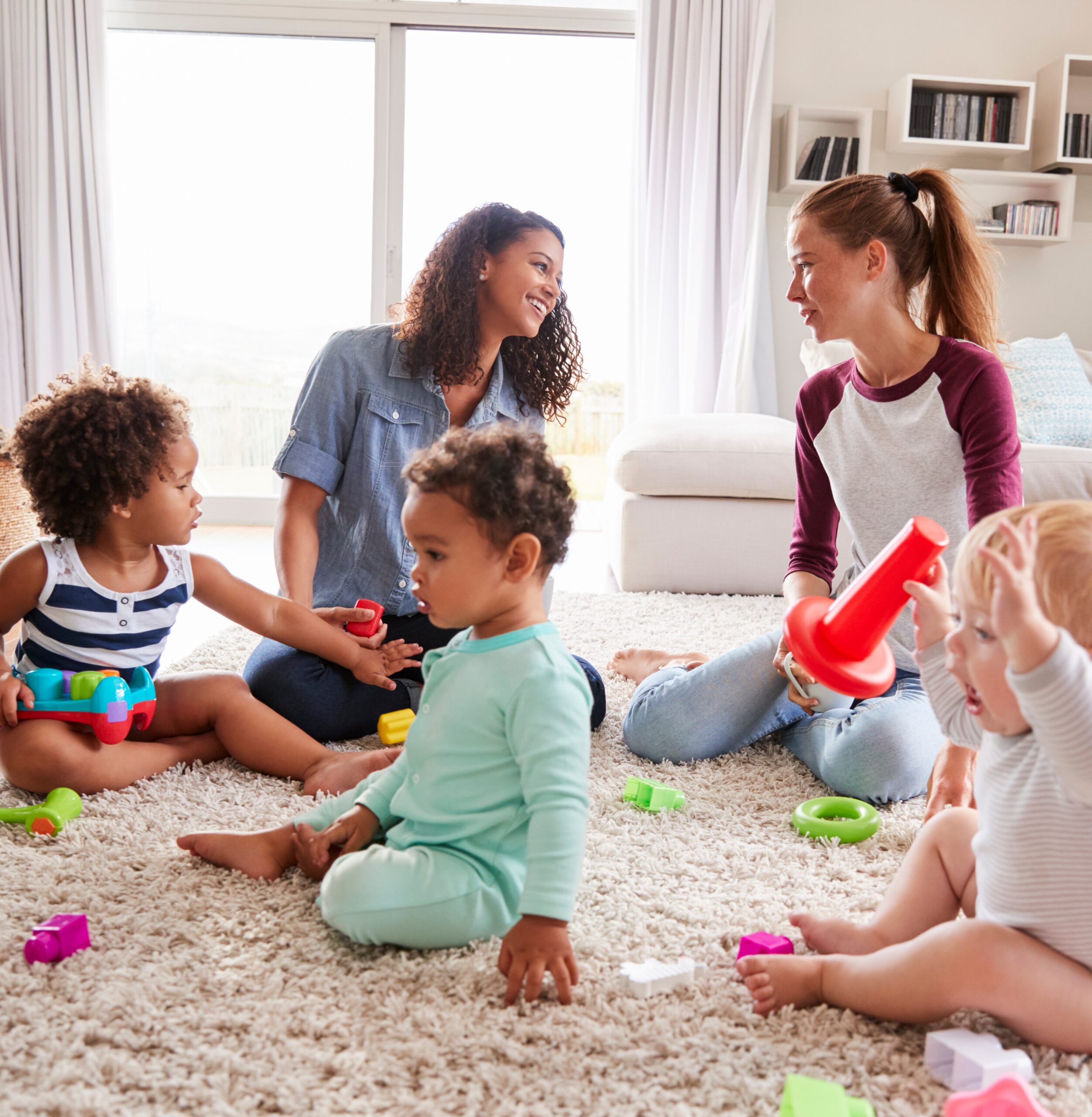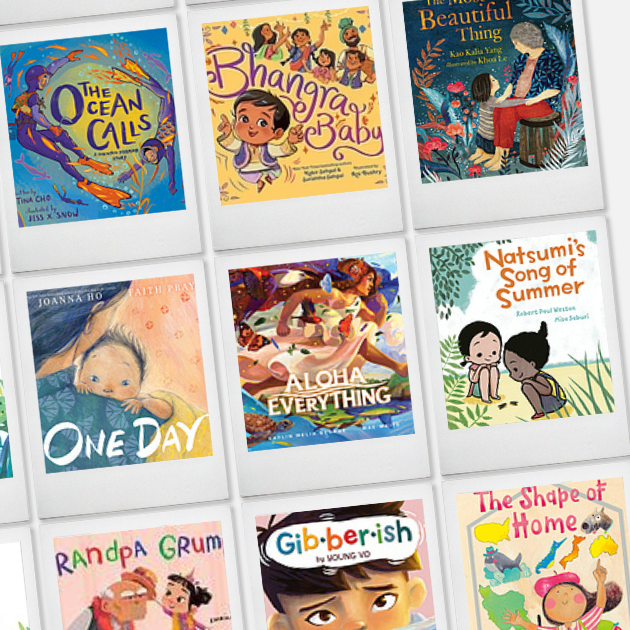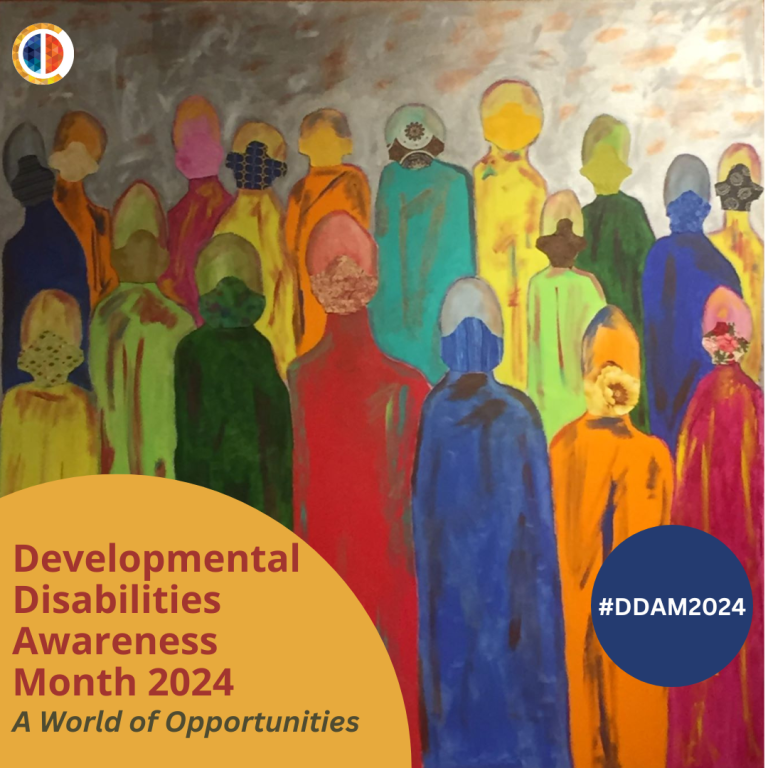Fall is in the air, and apples and pumpkins are everywhere. In October, we encourage you to intentionally support children’s mental health and wellbeing and encourage fantasy play. Redleaf Press and Think Small Institute have many resources to choose from in your professional development journey, including the featured books and courses we spotlight in this article.
Mental Health Awareness Day is October 10, 2022
Featured Book The Play Prescription: Using Play to Support Internalizing Behaviors by Aerial Liese, PhD
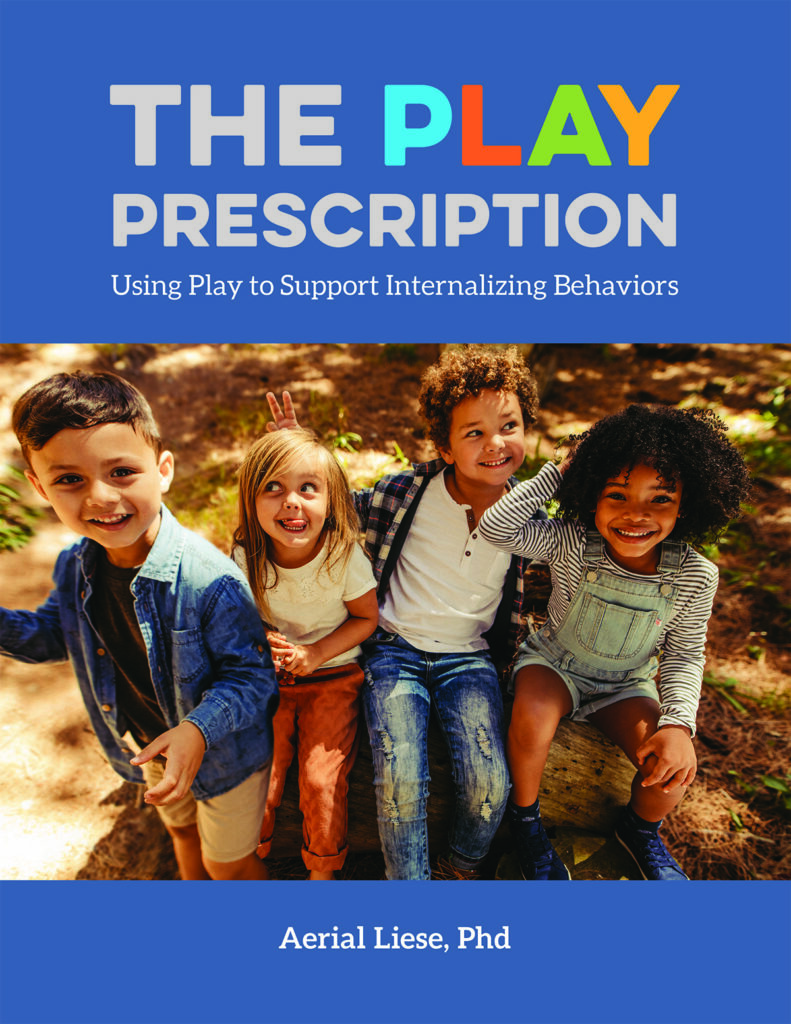

Through play, children acquire confidence, develop trust, forge friendships, expand language, discover belonging, and learn to regulate emotions. This book contends that to address and support childhood internalizing behaviors, a prescription for a return to play is required. But not just any play—the rambunctious and exuberant play that promotes creativity, resilience, and self-control. Play that goes beyond the rigid parameters of organized games. Active play, especially outdoor play—which helps alleviate childhood obesity and social isolation, to which excess screen time is a contributing factor—that shows children it’s all right to fall and scrape their knees and not fear failure. Play that teaches children to take chances because in doing so, innovative ideas are sparked. Play that fills a child’s tool kit with the healthy techniques and solutions through which children learn to regulate their emotions and handle social conflict.
Music and Movement Pathways Children can gain insight about their own feelings and moods and that of others by listening to music and singing songs. Let children listen to various genres. While listening to different selections, have children express how the composer may have felt when the piece was written, such as sad, joyous, perky, shy, dreamy, or angry.
- Play background music, such as compositions by George Frideric Handel, Johann Sebastian Bach, or Wolfgang Amadeus Mozart, during arrival and departure times to help children transition, stay calm, and be productive.
- Select from a varied musical repertoire. Introduce a karaoke machine with a variety of musical selections for children to sing, move, and experience with props.
- For music and movement spaces, choose open, carpeted areas if possible. Use tumbling mats if carpeting is unavailable. Hang musical instruments on a pegboard and sort musical props into boxes. Keep the music and movement spaces organized and clutter-free. When possible, allow children to remove their shoes for freer movement. Set up a musical play space where children can listen to music individually. Provide adjustable headphones and an easy-to-use CD player.
Like these activities? There are many more to be discovered in The Play Prescription from Redleaf Press. Previously published 2021.
Fantasy Play—Back to the Future Day is October 21, 2022
Featured Book A Little Drama: Playful Activities for Young Children by Lavinia Roberts
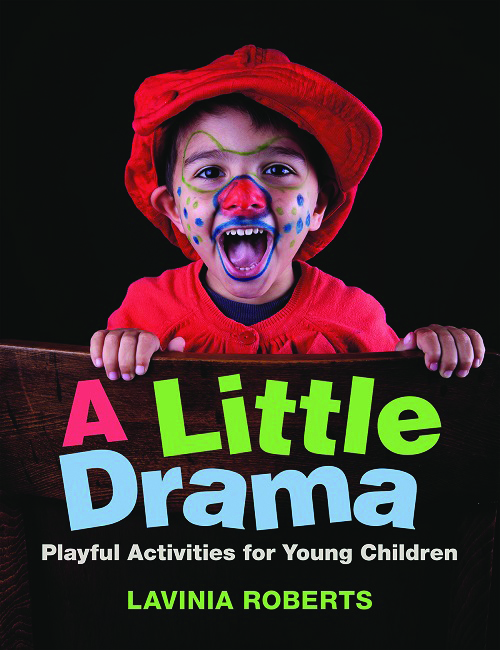

A drama center is an important part of any early childhood classroom or child care center. Create a space that is dedicated to young children engaging in solitary and peer-led dramatic play. Provide them with various supplies to create engaging dramas with their peers or by themselves. Early pretend play can enhance young children’s capacity for cognitive flexibility and creativity. During many imaginative dramatic activities, children must problem solve together and communicate their ideas and needs to others in the group. Taking on different roles also provides young children with the chance to develop important social skills, such as communication and problem solving.
Wake the Dragons!
Materials—medieval music
Act it out! 1. Instruct students to lie down on the floor on their backs with their eyes open. Begin playing medieval music.
2. One student will be the dragon that is awake. The awake dragon will try to make other dragons wake up by making these dragons smile or laugh.
3. If the awake dragon succeeds in making another dragon smile or laugh, then that dragon will wake up and try to make other sleeping dragons smile or laugh.
4. Play until every dragon is awake.
5. If the group wants to play the game again and time allows, let a willing volunteer or the person who was the last dragon to wake up be the first dragon in the new game.
Director’s note: Remind participants not to walk or jump over other dragons, touch other dragons, or get too close to sleeping dragons. Remind them that in drama class, we are respectful and take care of each other so that everyone has fun!
Once Upon a Time
Materials—a bag or pillowcase full of puppets, props, or stuffed animals
Act it out! 1. Have children sit in a circle.
2. Say, “Once upon a time,” and pull out an item from the story bag. Come up with a few lines of a story using that item.
3. Pass the bag to the next child in the circle. Allow the child to pull out an item and add a few lines to the story you started.
4. Play until the entire class has had an opportunity to pull out an item and add to the story. Finish the story when it comes back to you. Then say, “And they all lived happily ever after. The end!”
Like these activities? There are many more to be discovered in A Little Drama: Playful Activities for Young Children from Redleaf Press. Previously published 2018.


